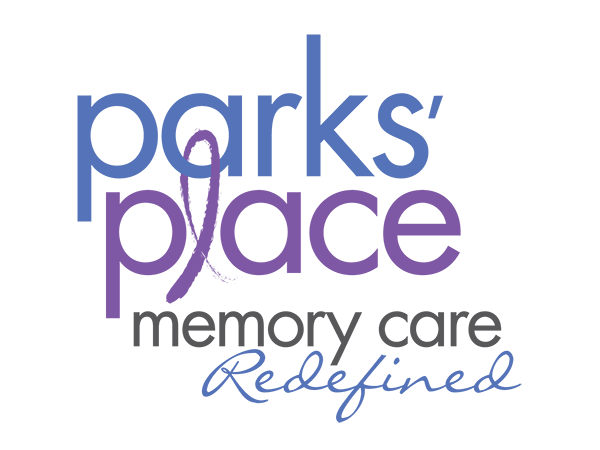The Parks family’s story
The Parks family envisions a family-centered, positive caregiving community where friends and family would be excited to visit their loved one.
When Mayo Clinic diagnosed Jerry Parks, a former VP at a large Minneapolis construction company, with Younger-Onset Alzheimer’s at age 56, it provided some answers for the chaos the Parks’ family had been experiencing. It did not provide a template for what comes next.
“Every day spouses are being thrust into the new role of caregiver as they deal with the impact of this disease, but it is not every day you see the children of those affected by the disease spurred to action to change the face of memory care,” says Karen Parks, Jerry’s wife.
After the initial shock and grief that came with the Alzheimer’s diagnosis, it was Jerry who set the tone of action for his family. “We can spend our time mourning or be proactive and fight to make a difference,” his children remember him saying. Jerry immediately participated in drug trials and cognitive research at both Mayo Clinic and the University of MN. He served on the Alzheimer’s National Advisory Board and he and Karen testified before the Social Security Administration to expedite disability benefits for those affected by the disease. They traveled to Washington DC with the MN chapter of the Alzheimer’s Association six years in a row; their advocacy contributed to the effort that led to prioritized research funding proposed in the National Alzheimer’s Project Act (NAPA), signed into law in January 2011.
When Jerry’s family began to explore long-term care communities, they were unsatisfied with options available for their husband and father. The Parks’ family began to envision a family-centered, positive caregiving community where friends and family would be excited to visit their loved one. With the support of spouses and other friends and family members they leveraged their extensive Alzheimer’s network to put their passion project in motion.
“Most care communities offer memory care as an afterthought, tucked away in a separate wing with outsourced caregivers,” says Jerry’s youngest daughter. “We had a vision of what we wanted our father’s care to look like. We sought to create a beautiful environment where family members could enjoy time with loved ones with dementia who, with the support of a caring community, would be recognized as individuals with capabilities despite limitations.”
“This disease takes a village; we needed something different and were fortunate to find partners inspired by our story to help us create it,” added Jerry’s oldest daughter.
The Parks’ family purposefully acquired land near school and church neighborhood resources. Parks’ Place will accommodate 36 residents and has been designed very specifically from the ground up, with well-organized spaces and natural light for those who want an elegant home environment with highly personalized care. In addition to the meaningfully planned environment, an occupational therapy-based memory care program aims to focus on abilities rather than disabilities to help residents experience success.
At Parks’ Place we welcome people of all faith backgrounds. We have been guided by spiritual principles as part of our mission to provide exceptional care for individuals with memory loss. While Parks’ Place is not affiliated with any specific faith, we strive to support each resident’s faith traditions with respect and dignity.


